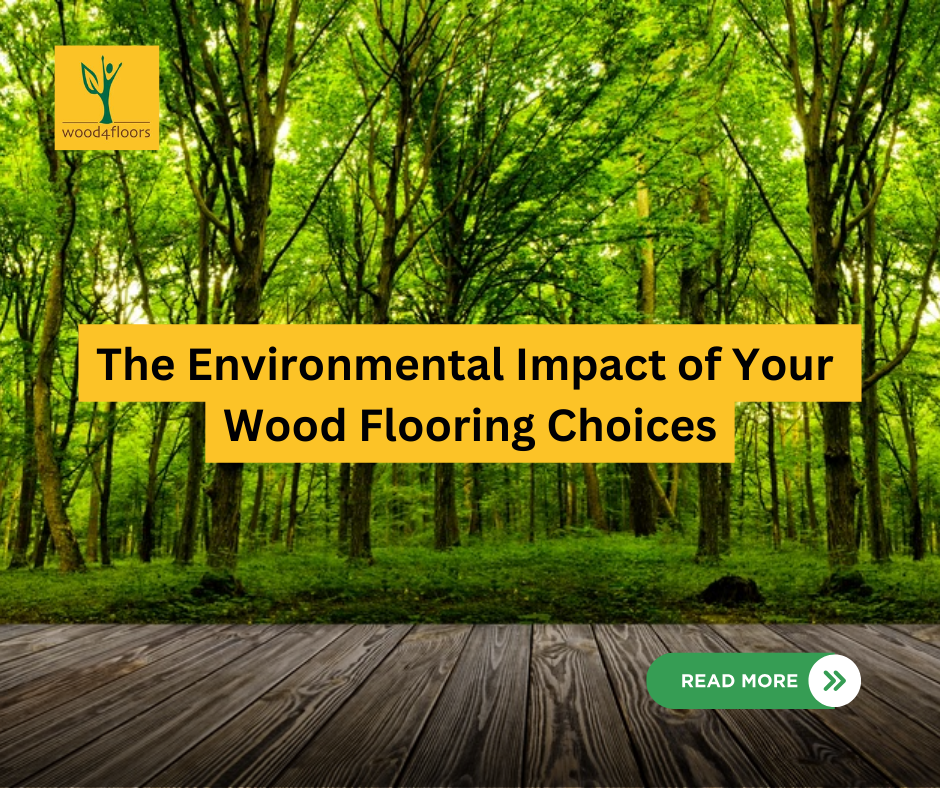Choosing the right flooring for your home is not just about aesthetics and functionality; it also involves considering the environmental impact of your decisions. In this blog, we will explore the eco-friendly aspects of wood flooring, helping you make informed choices that align with your commitment to sustainability.
- Opting for Sustainable Hardwoods:
When selecting wood flooring, opt for materials sourced from sustainable hardwoods. Look for certifications such as FSC (Forest Stewardship Council) or SFI (Sustainable Forestry Initiative), which ensure that the wood comes from responsibly managed forests. This choice helps conserve natural resources and promotes biodiversity.
- Engineered Wood: A Smart Alternative:
Consider engineered wood flooring as an eco-friendly alternative. Engineered wood is constructed with a layer of real wood on top of high-quality plywood, making it a more resource-efficient option compared to solid hardwood. It provides the same aesthetic appeal while utilizing fewer precious hardwood resources.
- Bamboo Flooring: A Rapidly Renewable Resource:
For an even more sustainable option, consider bamboo flooring. Bamboo is a fast-growing grass that matures in just a few years, making it an excellent renewable resource. Bamboo flooring is durable, stylish, and boasts a lower environmental impact compared to traditional hardwoods.
- Reclaimed and Recycled Wood:
Give a second life to wood by choosing reclaimed or recycled wood flooring. This option repurposes wood from old buildings or structures, reducing the demand for new timber. Not only does this contribute to waste reduction, but it also adds character and history to your home.
- Low VOC Finishes and Adhesives:
Be mindful of the finishes and adhesives used in the installation process. Volatile Organic Compounds (VOCs) found in certain products can emit harmful gases into the air. Opt for low or zero VOC finishes and adhesives to improve indoor air quality and create a healthier living environment.
- Longevity and Durability:
Investing in high-quality, durable wood flooring ensures a longer lifespan for your floors. This reduces the need for frequent replacements, minimizing the overall environmental impact. Choose a wood species known for its durability and resistance to wear and tear.
- Energy Efficiency in Production:
Consider the energy efficiency of the manufacturing process. Some wood flooring options require less energy to produce than others. Research manufacturers that prioritize sustainable practices and energy-efficient production methods to further minimize your carbon footprint.
Conclusion:
Your choice of wood flooring has a significant impact on the environment, but by making informed decisions, you can contribute to a greener and more sustainable future. Whether it’s opting for sustainable hardwoods, choosing engineered wood, or embracing eco-friendly alternatives like bamboo or reclaimed wood, every small choice adds up to make a positive difference. By prioritizing environmental considerations in your flooring decisions, you can enjoy a beautiful home while promoting a healthier planet for generations to come.


